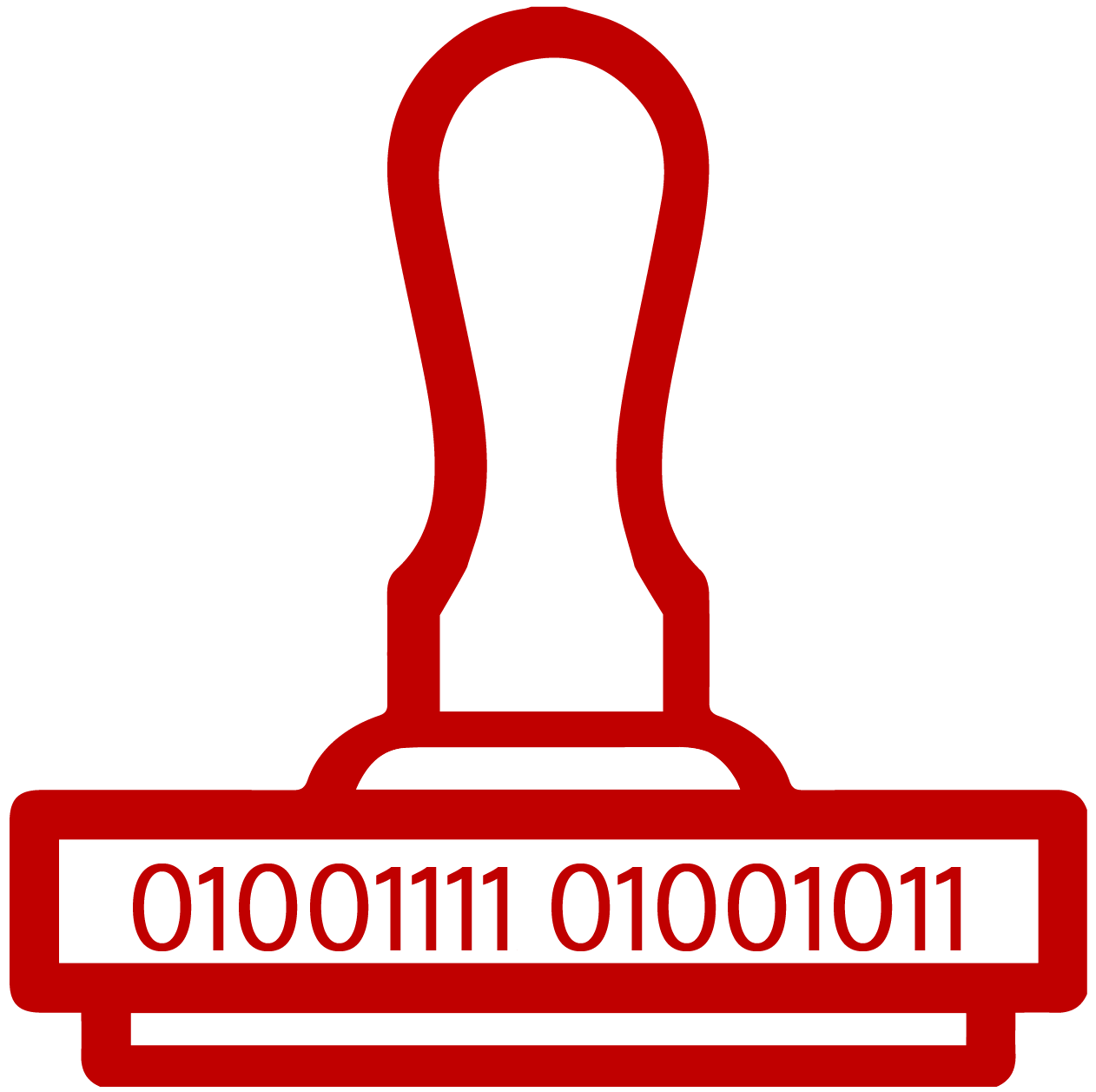Relevance and Aim
Digitalization transforms the conditions, nature and experience of work. To assess the degree of digitalized work and explain its impact on humans we needed an individual-centered model and a corresponding scale. Based on our theoretical paper (Kaesmayr, Schorn & Steidle, 2021) described in step 1, we derived a respective measure by aid of a sample (n = 519 public servants) collected in public administration.
STEP 1: Building a conceptual model
Utilizing dialectic inquiry (Berniker & McNabb, 2006), we fused Hertel et al. (2017)’s core characteristics of internet-based work and e-government maturity stages (Hiller & Bélanger, 2001; Layne & Lee, 2001) into a five-dimensional construct.
STEP 2: Deriving and specifying concepts
20 concepts were derived following the C-OAR-SE* approach by Rossiter (2002). Due to the complexity of digital resources, i.e. tools, applications and their usage, objects and attributes needed to be specified. For instance, the concept “accessibility and scope of digital, internally provided information regarding the procedure according to the assessment of case manager comprises the available quality of information and the frequency of usage of four different analogue and digital information channel. The overall 85 derived items were content validated by expert interviews.
* Construct definition, Object and Attribute classification, Rater identification, Scale formation and Enumeration, and reporting
STEP 3: Building indices
For 3 of the 20 concepts, behavior-based indices were computed by averaging the respective items. For the other 17 concepts, indices were built using contrast-coding on objective technical digital criteria derived from communication, information security, and semantic processing concepts obtained by a literature review and an expert interview. The weight-adjusted ratings are averaged and harmonized to fit a five-point-scale.
STEP 4: PCA and CFA
We gained 518 responses of public agents in a version adapted to administrative work. Exploratory factor analyses indicated a five-factorial structure, displaying slight variations opposed to the theorized dimensions which confirmatory factor analysis supported (Step 2-4; Steidle, Kaesmayr & Schorn under review).
STEP 5: Status-quo of digital work
The assessment of digital work in the examined agencies painted a heterogeneous picture. The dimensions information and interaction showed promising efforts of progress while the dimensions integration, data processing and transaction were lacking behind considerably.
References
Berniker, E., & McNabb, D. E. (2006). Dialectical Inquiry: A Structured Qualitative Research Method. The Qualitative Report, 11 (4), 643-664. https://doi.org/10.46743/2160-3715/2006.1652
Bélanger, F. and Hiller, J.S. (2006). A framework for e‐government: privacy implications. Business Process Management Journal, Vol. 12 No. 1, pp. 48-60. https://doi.org/10.1108/14637150610643751
Hertel, G., Stone, D. L., Johnson, R. D., & Passmore, J. (2017). The psychology of the internet@ work. The Wiley Blackwell handbook of the psychology of the Internet at work, 1-18. https://doi.org/10.1002/9781119256151.ch1
Kaesmayr, J., Schorn, M., & Steidle, A. (2021). Acceleration factor pandemic: A synthesis of e-government maturity models and public administration employees‘ perspective. In Central and Eastern European eDem and eGov Days Conference Proceedings 2021, pp. 19-32. https://doi.org/ 10.24989/ocg.v341.1
Layne, K. & Lee, J. (2001). Developing fully functional E-government: A four stage model, Government Information Quarterly, Volume 18, Issue 2, pp. 122-136 https://doi.org/10.1016/S0740-624X(01)00066
Rossiter, J. R. (2002). The C-OAR-SE procedure for scale development in marketing. International Journal of Research in Marketing, 19 (4), 305-335. https://doi.org/10.1016/S0167-8116(02)00097-6
Steidle, Kaesmayr & Schorn 2023 (under review)
